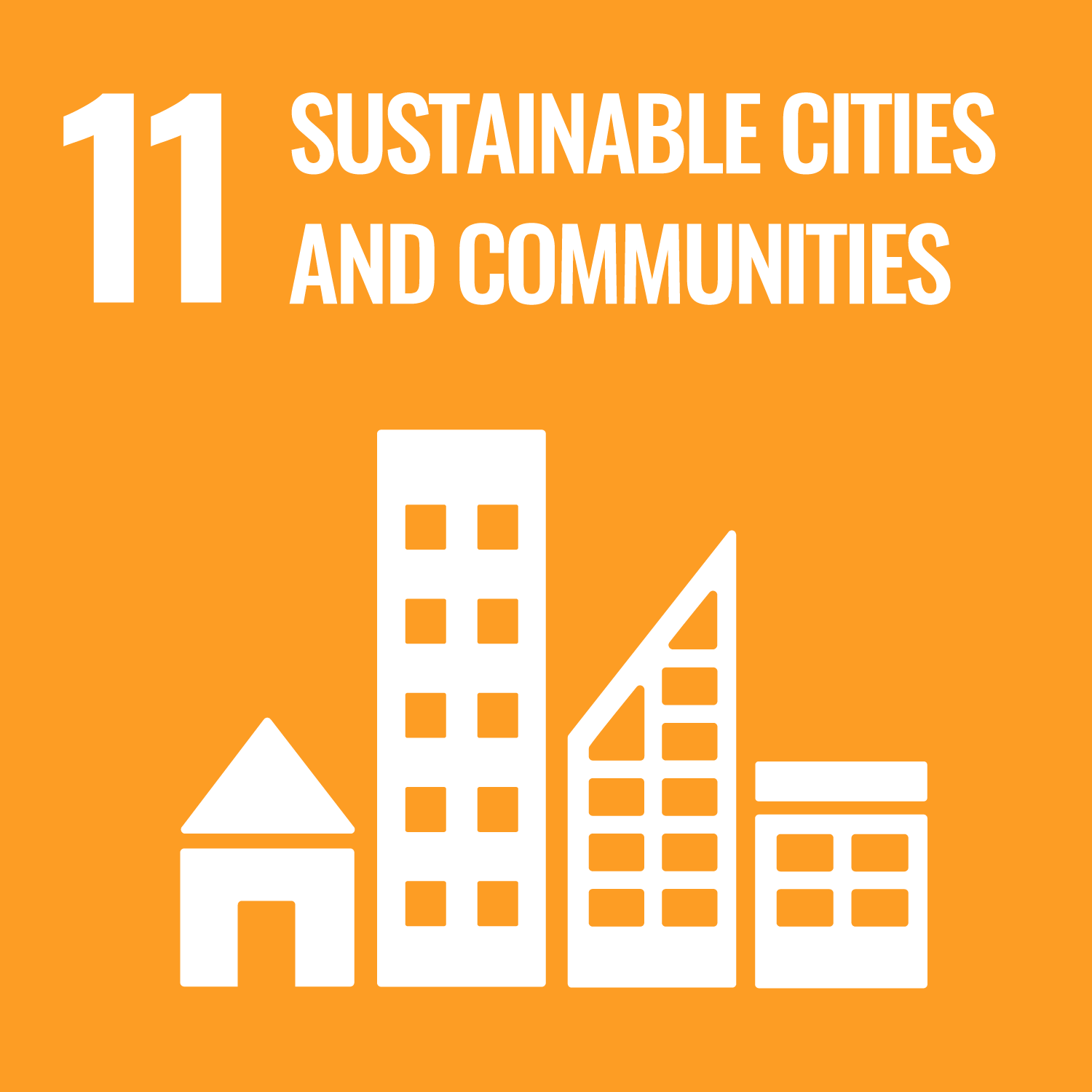ORCID
- Alistair G.L. Borthwick: 0000-0001-6053-7764
Abstract
AbstractThis paper investigates how variations in sediment supply, grain size distribution and climate change affect channel morphology and flood inundation in the Nakkhu River, Kathmandu, Nepal. Climate change‐induced extreme rainfall is expected to increase flood intensity and frequency, causing severe flooding in the Kathmandu basin. The upper reaches of the Nakkhu River are susceptible to landslides and have been impacted by large‐scale sand mining. We simulate potential erosion and deposition scenarios along a 14 km reach of the Nakkhu River using the landscape evolution model CAESAR‐Lisflood with a 10 m digital elevation model, field‐derived sediment grain size data, daily discharge records and flood forecast models. In a series of numerical experiments, we compare riverbed profiles, cross‐sections, flood extent and flow depths for three scenarios (1.2‐, 85‐ and 1000‐year return period floods). For each scenario, the model is first run without sediment transport and then with sediment transport for three grain size distributions (GSDs) (observed average, finer and coarser). In all cases, the inclusion of sediment led to predicted floods of a larger extent than estimated without sediment. The sediment grain size distribution was found to have a significant influence on predicted river morphology and flood inundation, especially for lower magnitude, higher probability flood events. The results emphasise the importance of including sediment transport in hydrological models when predicting flood inundation in sediment‐rich rivers such as those in and around the Himalaya.
DOI Link
Publication Date
2023-11-01
Publication Title
Earth Surface Processes and Landforms
ISSN
0197-9337
Acceptance Date
2023-10-03
Deposit Date
2023-11-20
Embargo Period
2023-11-22
Recommended Citation
Thapa, S., Sinclair, H., Creed, M., Mudd, S., Attal, M., Borthwick, A., Ghimire, B., & Watson, C. (2023) 'The impact of sediment flux and calibre on flood risk in the Kathmandu Valley, Nepal', Earth Surface Processes and Landforms, . Available at: 10.1002/esp.5731



